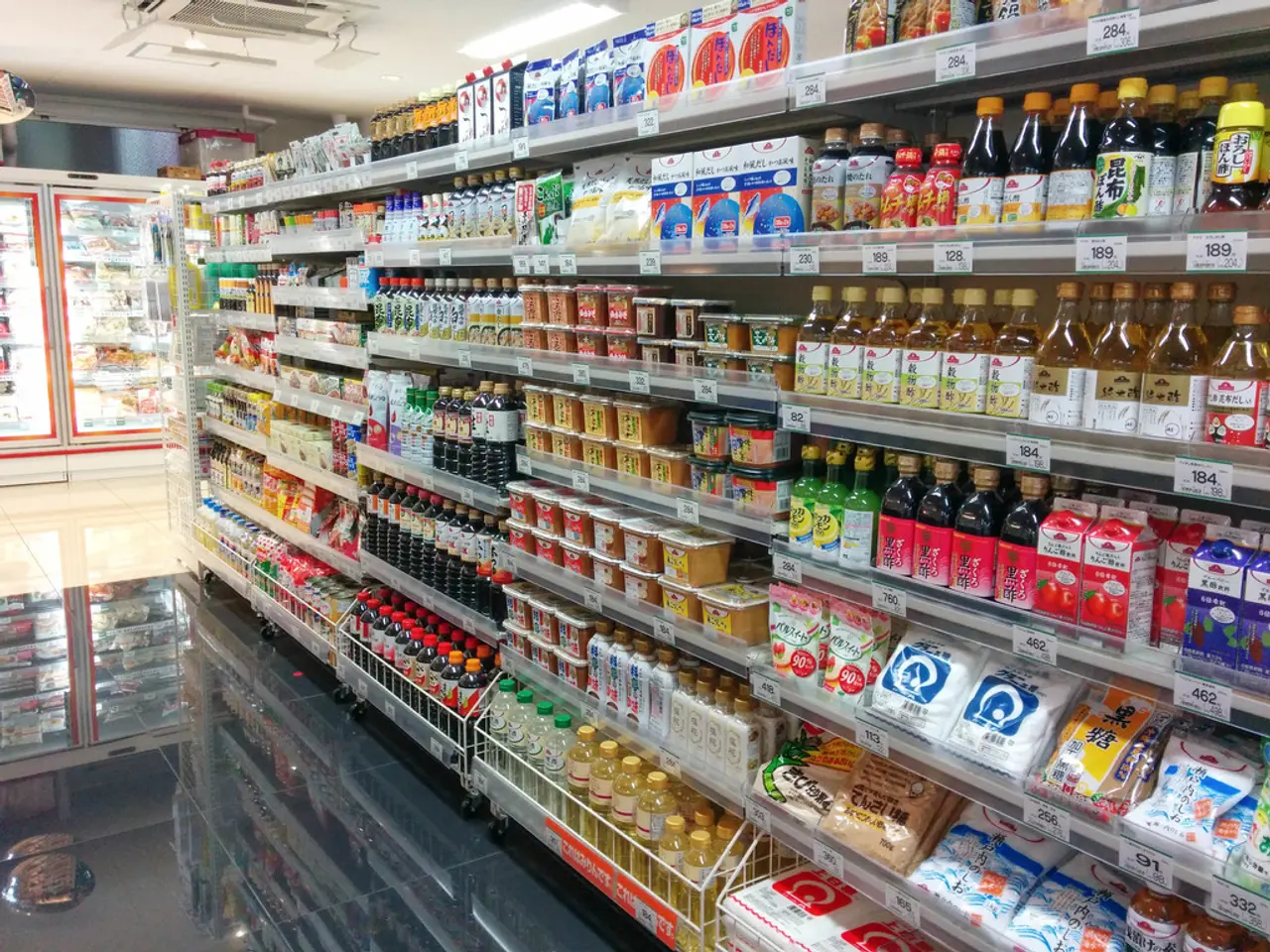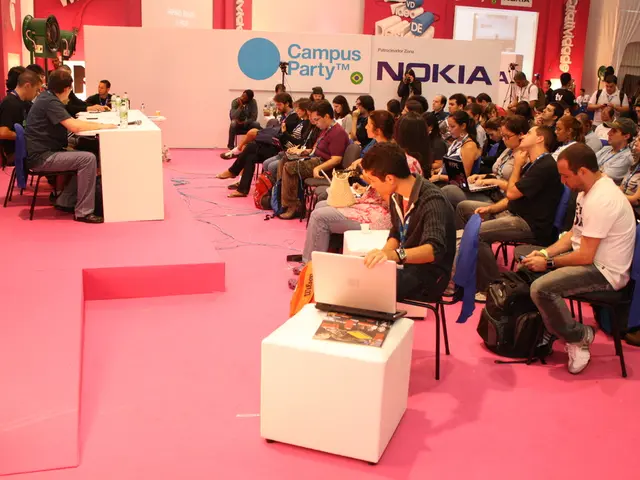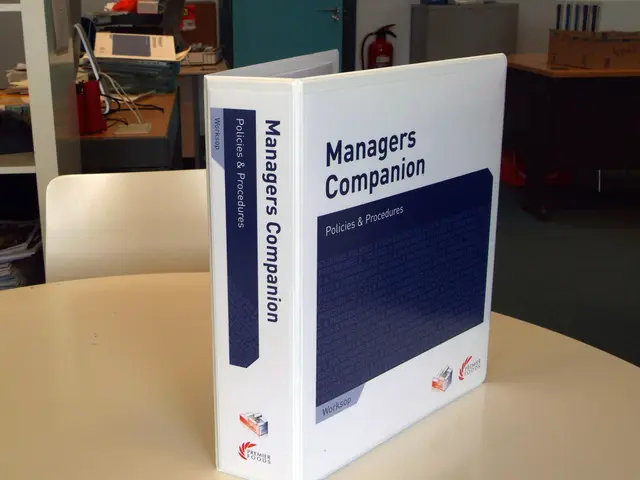Expanding High Fructose Corn Syrup Market Forecasted to Reach $11.2 Billion by 2034
In the global High Fructose Corn Syrup (HFCS) market, North America currently holds a dominant position, accounting for a significant 41.8% share and generating revenue of around USD 3.2 billion in 2024. This strong presence is due to the cost-effectiveness of HFCS, its liquid form facilitating easier use in beverages and processed foods, and its high functionality.
The market's growth is driven by variations of HFCS such as HFCS 42 and HFCS 55, which differ in fructose content and are tailored to specific applications in the food and beverage industry. HFCS 42, in particular, captures more than a 57.2% share in the HFCS market.
The High Fructose Corn Syrup (HFCS) Market is projected to grow from USD 7.7 billion in 2024 to approximately USD 11.2 billion by 2034, achieving a Compound Annual Growth Rate (CAGR) of 3.8% during the forecast period from 2025 to 2034.
The Food & Beverages sector holds a dominant market position, capturing more than a 68.8% share in the HFCS market. HFCS is widely used in soft drinks, processed foods, baked goods, dairy products, and confectionery due to its affordability, blending ease, and stability.
Despite its dominance, the market landscape is evolving. Companies like Cargill are shifting towards non-GMO and organic sweeteners, with introductions like EverSweet, a stevia-based sweetener. DAESANG is exploring allulose and other low-glycemic sweeteners as potential HFCS replacements. Archer Daniels Midland Company (ADM) is developing low-calorie and plant-based alternatives, while AGRANA is investing in natural sweeteners and clean-label solutions in response to rising health concerns.
Offline channels hold a dominant market position, capturing more than an 89.3% share in the HFCS market. However, the increasing trend towards online sales could potentially disrupt this dominance in the future.
U.S. per capita HFCS consumption has declined from a high of 65.9 lb/year in 1999 to about 39.5 lb/year in 2021. This decrease may be attributed to growing health concerns and shifting consumer preferences. However, the U.S. remains a significant consumer, with per capita consumption remaining at 39.5 pounds annually.
Government policies, like U.S. corn-subsidy reforms and regulatory reviews, might impact domestic use but spur innovation in new HFCS formulations for specialized applications. For instance, COFCO is adjusting its HFCS production due to government policies promoting sugar reduction.
Advances in wet milling and enzymatic conversion technologies have further lowered production costs and improved quality, reinforcing HFCS's competitive edge. HFCS is favored for its affordability, ease of blending in liquid form, and stability across various temperatures and pH levels.
The value of HFCS is not limited to the United States. It is also valued in Canada and Mexico, particularly in beverages. However, no other regions are explicitly identified in the search results as dominating the market, but North America's current 41.8% market share clearly positions it as the leading region for HFCS today.
In the landscape of various industries, the finance sector might find interest in the potential growth of the High Fructose Corn Syrup (HFCS) market, which is projected to reach USD 11.2 billion by 2034. Companies working in the aerospace industry could also show interest, as innovations in HFCS formulations for specialized applications, such as COFCO's adjustments due to government policies promoting sugar reduction, could potentially have applications in high-altitude food and beverage productions.








